HP Pavilion Gaming 17 2019 review – an affordable notebook done right
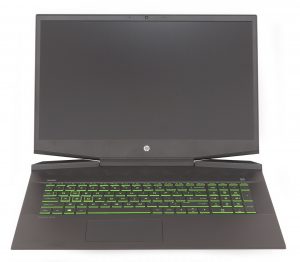 Pavilion Gaming 17 2019 is part of the newest budget-friendly gaming series of HP. It was released alongside HP Omen 15/17 2019, which we showed you in an in-depth review recently. This laptop may be considered as a budget Omen iteration as it trims down some of the goodies, like aluminum base and bulky cooling, RGB and big-fat RTX GPUs.
Pavilion Gaming 17 2019 is part of the newest budget-friendly gaming series of HP. It was released alongside HP Omen 15/17 2019, which we showed you in an in-depth review recently. This laptop may be considered as a budget Omen iteration as it trims down some of the goodies, like aluminum base and bulky cooling, RGB and big-fat RTX GPUs.
In fact, the HP Pavilion Gaming 17 2019 maxes out with the NVIDIA GeForce GTX 1660 Ti Max-Q. Again, if you want RTX graphics cards, you should switch your interest to the Omens, however, you can still buy the Pavilion Gamin 17 2019 with a 9th Gen CPU- the options are Core i5-9300H and Core i7-9750H. You also have the option between a 60Hz or 144Hz 1080p IPS panel and HP should offer it with a 4K 60Hz as well.
You can check the prices and configurations in our Specs System: https://laptopmedia.com/series/hp-pavilion-gaming-17-2019/
Contents
Specs Sheet
HP Pavilion Gaming 17 2019 technical specifications table
What’s in the box?
Well, the box contains nothing but the necessary – the laptop itself, some manuals (okay they are not that necessary), and a 200W power brick.
Design and construction
Expectedly, there is nothing but plastic around the body of this laptop. Despite that, we feel that it is pretty rigid and there is no excessive bend on the body itself. By the way, HP state that it has a larger area dedicated for both air intake and air exhaust, which in theory should increase the cooling capacity, while at the same time decrease the noise it produces.
Pavilion Gaming 17 2019’s lid opens easily with a single hand. There is some bend to the screen, but it is inevitable given the center-mount hinge design.
Next, let’s take a quick look at the base of the device – on the top we see the trademark for Pavilion laptops cubic grill, which houses the speakers. Beneath it, there is the green-painted, green-backlit keyboard which feels a lot like the Omen 17 2019 one. Although it has a long enough key travel and clicky feedback, there are some confusing things about it – first, its F-keys are extremely small and second, the arrow keys feature the terrible for gaming design with the “up” and “down” arrow being half-sized.
Additionally, there is a touchpad, which feels very plasticky. In addition to that, it doesn’t offer to standalone buttons and when you’re using the embedded ones, you’ll notice a lot of flex on the touchpad itself.
As we mentioned, the 2019 model features substantially bigger exhaust cut-outs as you can see from the image comparison below.
Pavilion Gaming 2019 / Pavilion Gaming 2018
Ports
On the left side, you can find an HDMI port as well as a USB Type-A 3.1 (Gen. 1) port, an RJ-45 connector, a USB Type-C 3.1 (Gen. 2) – no Thunderbolt, sadly, finishing at an SD card reader. Looking at the right side, there is the charging plug, two USB Type-A 3.1 (Gen. 2) ports and a 3.5mm Audio jack.
Disassembly, upgrade options and maintenance
There are only eight Phillips-head screws holding the bottom plate in place. However, in order to pry it open, you need a very thin and strong prying tool, as the clips on these laptops are very stiff.
First, let’s take a look at that cooling. It features two heat pipes shared between the CPU and the GPU. Additionally, there are another two heat pipes that are not connected to a heatsink. Their only purpose is to enhance the thermal distribution.
Upgrade-wise, there are two RAM DIMMs, supporting 2666 MHz DDR4 memory, while in terms of storage there is the mandatory SATA connection, as well as an M.2 PCIe slot.
In the battery department, there is the 52.5Wh option, which is certainly not a huge one for a 17-inch gaming laptop.
Display quality
This HP Pavilion Gaming 17 2019 is equipped with a 60 Hz Full HD IPS screen, model number LGD0623. Its diagonal is 17.3″ (43.94 cm), and the resolution – 1920 х 1080. Additionally, the screen ratio is 16:9, the pixel density – 127 ppi, their pitch – 0.1995 x 0.1995 mm. The screen can be considered Retina when viewed from at least 69 cm (from this distance, the average human eye can’t see the individual pixels).
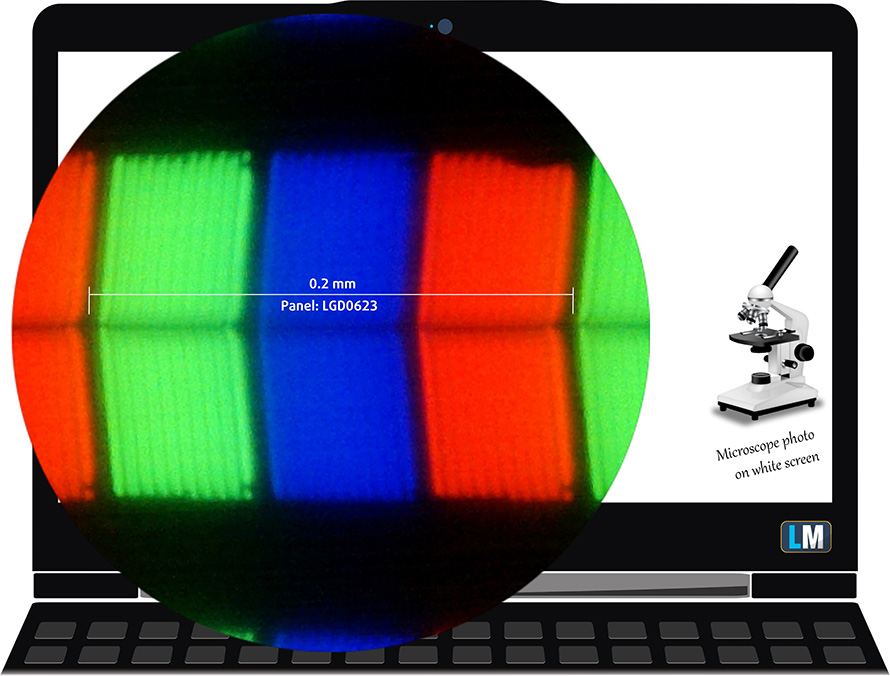
The viewing angles are comfortable. We have provided images at 45 degrees to evaluate quality.

The maximum measured brightness is extremely high – 447 nits (cd/m2) in the middle of the screen and 408 nits (cd/m2) average across the surface with a maximum deviation of 13% in the top left corner. The Correlated Color Temperature on a white screen and at maximum brightness is 6900K (average) – slightly colder than the 6500K optimum for sRGB. The average color temperature through the grey scale before profiling is 6640K.
In the illustration below you can see how the display performs from uniformity perspective. The illustration below shows how matters are for operational brightness levels (approximately 140 nits) – in this particular case at 61% Brightness (White level = 142 cd/m2, Black level = 0.13 cd/m2).
Values of dE2000 over 4.0 should not occur, and this parameter is one of the first you should check if you intend to use the laptop for color sensitive work (a maximum tolerance of 2.0 ). The contrast ratio is very good – 1100:1.
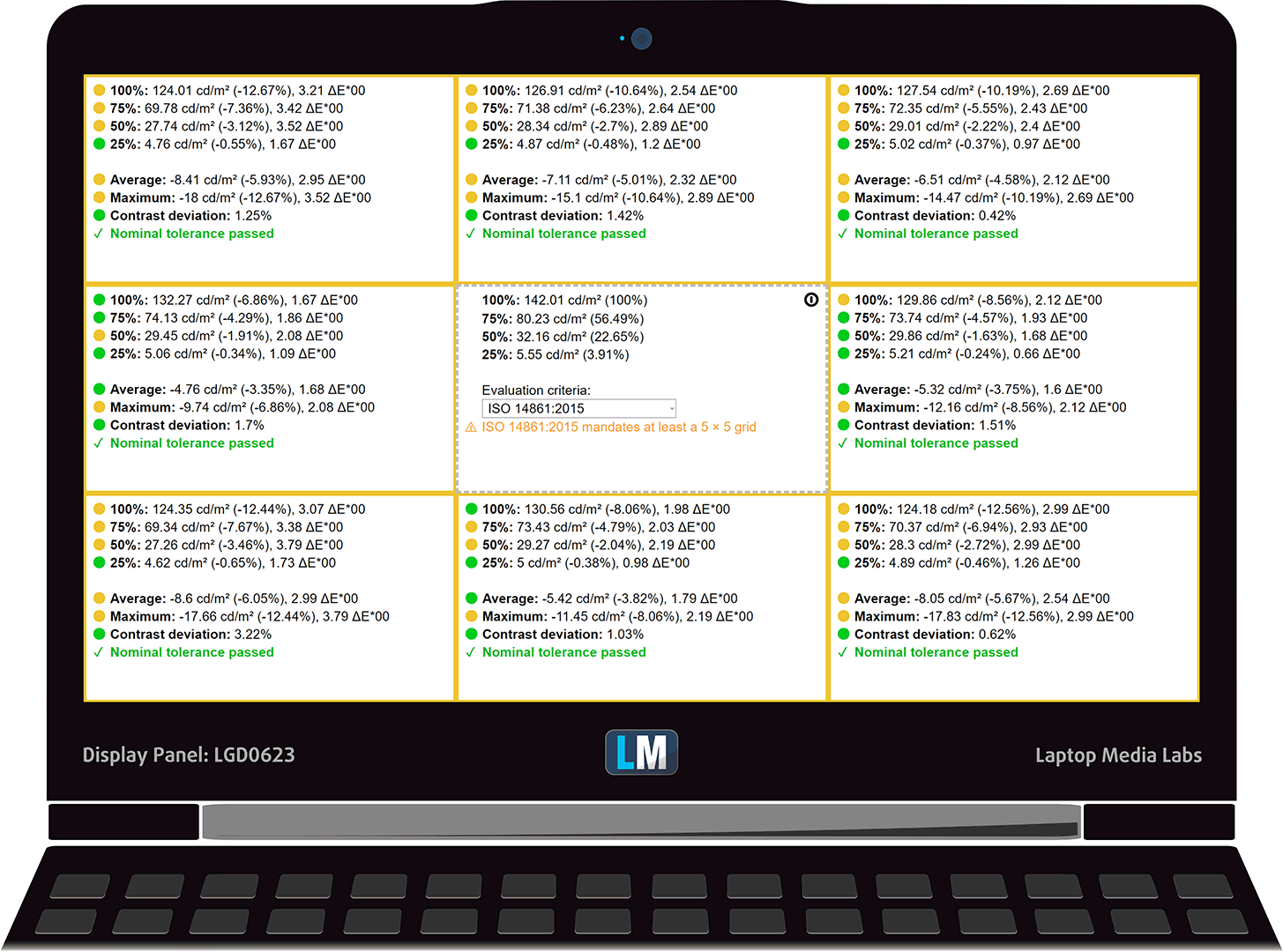
To make sure we are on the same page, we would like to give you a little introduction to the sRGB color gamut and the Adobe RGB. To start, there’s the CIE 1976 Uniform Chromaticity Diagram that represents the visible specter of colors by the human eye, giving you a better perception of the color gamut coverage and the color accuracy.
Inside the black triangle, you will see the standard color gamut (sRGB) that is being used by millions of people in HDTV and on the web. As for the Adobe RGB, this is used in professional cameras, monitors, etc for printing. Basically, colors inside the black triangle are used by everyone and this is the essential part of the color quality and color accuracy of a mainstream notebook.
Still, we’ve included other color spaces like the famous DCI-P3 standard used by movie studios, as well as the digital UHD Rec.2020 standard. Rec.2020, however, is still a thing of the future and it’s difficult for today’s displays to cover that well. We’ve also included the so-called Michael Pointer gamut, or Pointer’s gamut, which represents the colors that naturally occur around us every day.
The yellow dotted line shows HP Pavilion Gaming 17 2019’s color gamut coverage.
Its display covers 92% of the sRGB/ITU-R BT.709 (web/HDTV standard) in CIE1976.
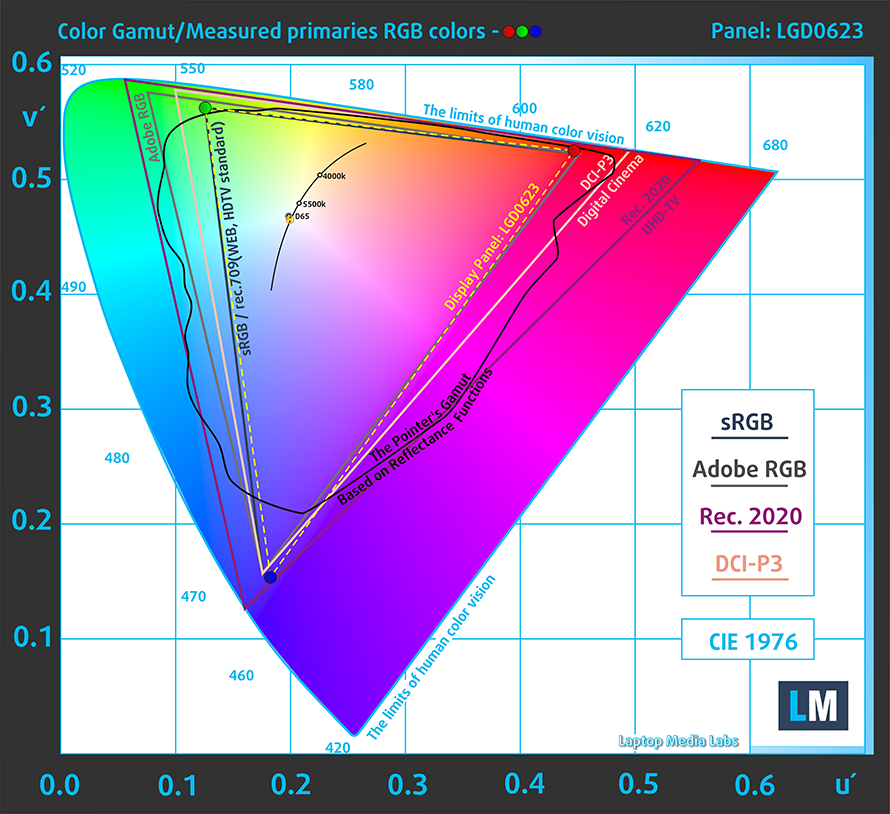
Our “Design and Gaming” profile delivers optimal color temperature (6500K) at 140 cd/m2 luminance and sRGB gamma mode.
We tested the accuracy of the display with 24 commonly used colors like light and dark human skin, blue sky, green grass, orange, etc. You can check out the results at factory condition and also, with the “Design and Gaming” profile.
Below you can compare the scores of HP Pavilion Gaming 17 2019 with the default settings (left), and with the “Gaming and Web design” profile (right).
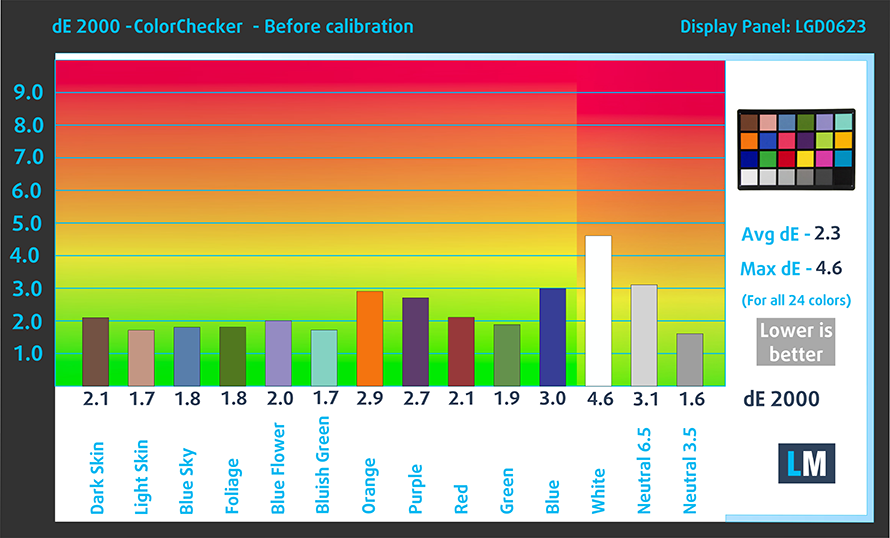
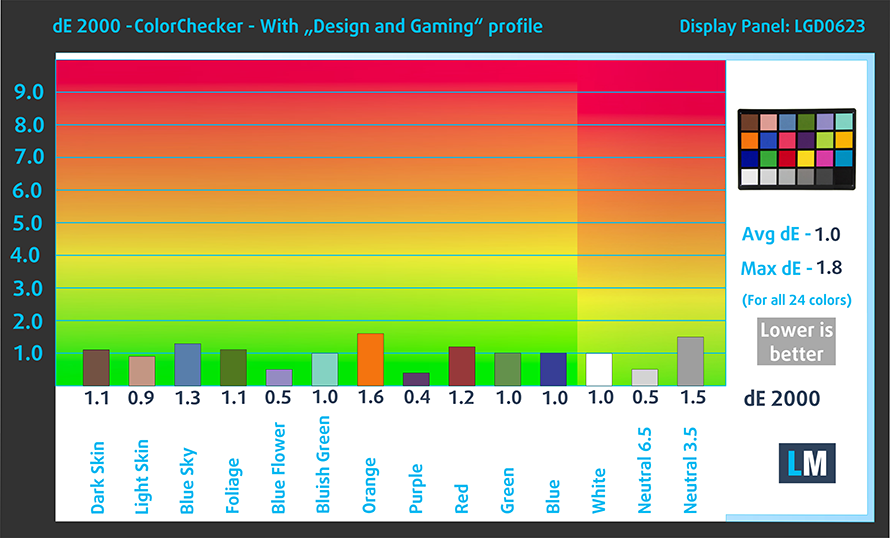
The next figure shows how well the display is able to reproduce really dark parts of an image, which is essential when watching movies or playing games in low ambient light.
The left side of the image represents the display with stock settings, while the right one is with the “Gaming and Web Design” profile activated. On the horizontal axis, you will find the grayscale and on the vertical axis – the luminance of the display. On the two graphs below you can easily check for yourself how your display handles the darkest nuances but keep in mind that this also depends on the settings of your current display, the calibration, the viewing angle, and the surrounding light conditions.
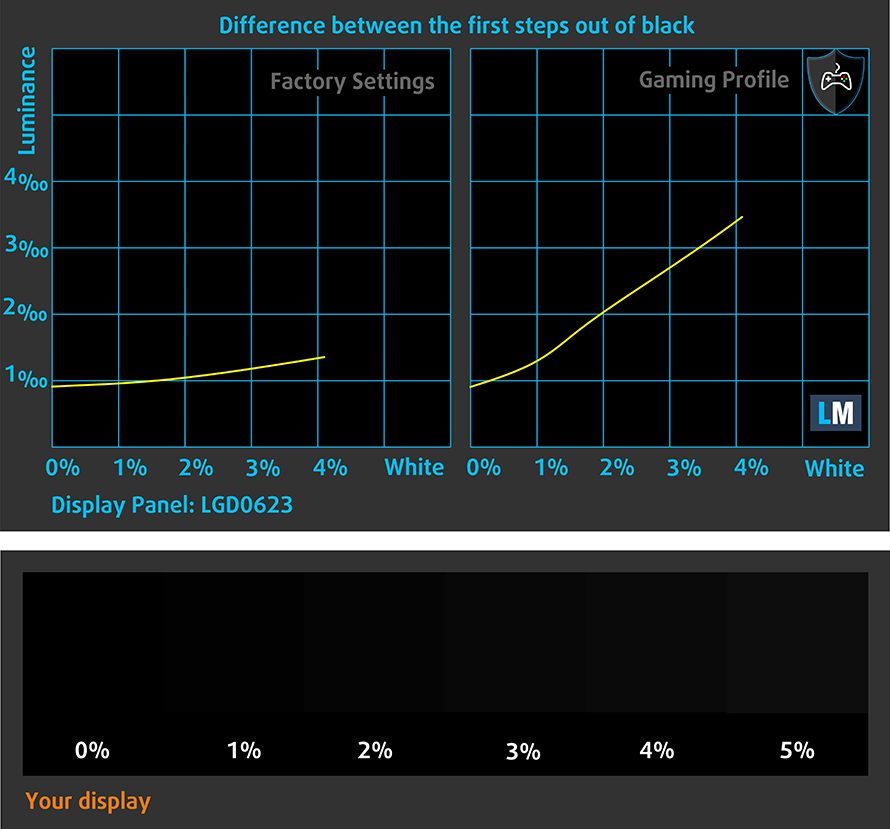
Response time (Gaming capabilities)
We test the reaction time of the pixels with the usual “black-to-white” and “white-to-black” method from 10% to 90% and vice versa.
We recorded Fall Time + Rise Time = 27 ms.
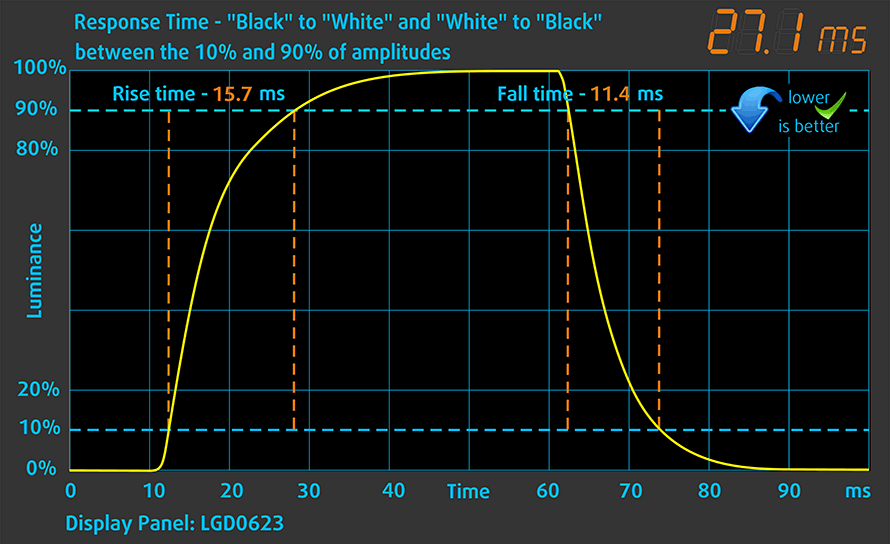
Health impact – PWM / Blue Light
PWM (Screen flickering)
Pulse-width modulation (PWM) is an easy way to control monitor brightness. When you lower the brightness, the light intensity of the backlight is not lowered, but instead turned off and on by the electronics with a frequency indistinguishable to the human eye. In these light impulses, the light/no-light time ratio varies, while brightness remains unchanged, which is harmful to your eyes. You can read more about that in our dedicated article on PWM.
HP Pavilion Gaming 17 2019’s display doesn’t use PWM at any level of brightness adjustment. This makes it rather comfortable for longer periods of use.
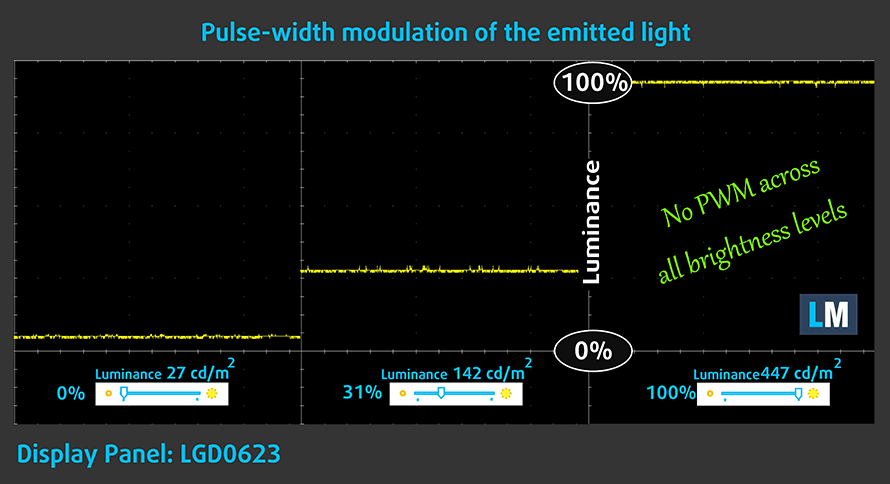
Blue light emissions
Installing our Health-Guard profile not only eliminates PWM but also reduces the harmful Blue Light emissions while keeping the colors of the screen perceptually accurate. If you’re not familiar with the Blue light, the TL;DR version is – emissions that negatively affect your eyes, skin and your whole body. You can find more information about that in our dedicated article on Blue Light.
Conclusions
Its display has a Full HD resolution, very high maximum brightness and a good contrast ratio. Additionally, its viewing angles are comfortable and default settings are adequate. Moreover, it is able to cover 92% of sRGB and its color accuracy even with the default settings is suitable for web design. However, as a possible drawback would be the 60Hz refresh rate, which won’t be gamers’ first choice, while the uneven luminance of the display takes a toll on the usability in terms of web design.
Buy our profiles
Since our profiles are tailored for each individual display model, this article and its respective profile package are meant for HP Pavilion Gaming 17 2019 configurations with 17.3″ LGD0623 (FHD, 1920 × 1080) IPS.
*Should you have problems with downloading the purchased file, try using a different browser to open the link you’ll receive via e-mail. If the download target is a .php file instead of an archive, change the file extension to .zip or contact us at [email protected].
Read more about the profiles HERE.
In addition to receiving efficient and health-friendly profiles, by buying LaptopMedia's products you also support the development of our labs, where we test devices in order to produce the most objective reviews possible.

Office Work
Office Work should be used mostly by users who spend most of the time looking at pieces of text, tables or just surfing. This profile aims to deliver better distinctness and clarity by keeping a flat gamma curve (2.20), native color temperature and perceptually accurate colors.

Design and Gaming
This profile is aimed at designers who work with colors professionally, and for games and movies as well. Design and Gaming takes display panels to their limits, making them as accurate as possible in the sRGB IEC61966-2-1 standard for Web and HDTV, at white point D65.

Health-Guard
Health-Guard eliminates the harmful Pulse-Width Modulation (PWM) and reduces the negative Blue Light which affects our eyes and body. Since it’s custom tailored for every panel, it manages to keep the colors perceptually accurate. Health-Guard simulates paper so the pressure on the eyes is greatly reduced.
Get all 3 profiles with 33% discount
Sound
HP Pavilion Gamin 17 2019’s speakers produce relatively clear and loud sound with good quality. Low, mid and high frequencies are clear from deviations.
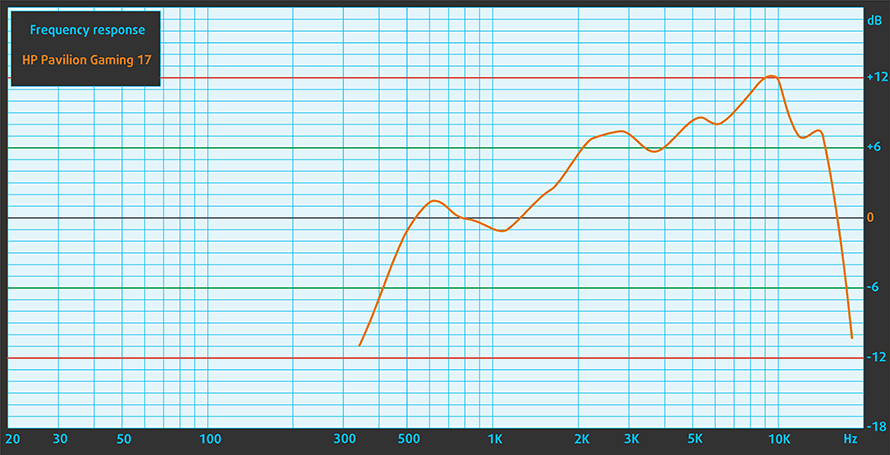
Battery
Now, we conduct the battery tests with Windows Better performance setting turned on, screen brightness adjusted to 120 nits and all other programs turned off except for the one we are testing the notebook with. HP has opted for a rather small for a 17-inch laptop 52.5Wh battery.
Despite that, we were able to get more than 8 hours of web browsing and 7 hours of video playback – an impressive result from a gaming laptop of this size.
In order to simulate real-life conditions, we used our own script for automatic web browsing through over 70 websites.
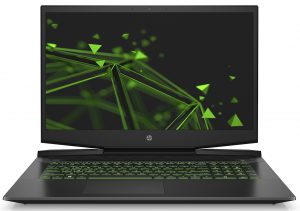
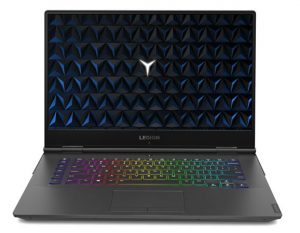
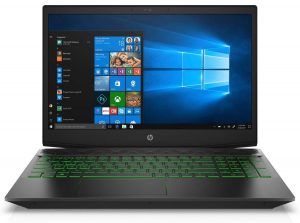
For every test like this, we use the same video in HD.



CPU options
HP Pavilion Gaming 17 2019 is going to come with the newest 9th Generation processors from Intel. The choice comes down to a quad-core Core i5-9300H and a hexa-core Core i7-9750H.
Results are from the Cinebench 20 CPU test (the higher the score, the better)
Results are from our Photoshop benchmark test (the lower the score, the better)
GPU options
GPU-wise the top option is going to be the Max-Q version of NVIDIA GeForce GTX 1660 Ti. It’s working at a Base clock speed of 1140 MHz and reaches up to 1335 MHz in Boost. Additionally, it is equipped with 6GB GDDR6 memory, that has a 192-bit bus and a Bandwidth of 288 GB/s.
Results are from the 3DMark: Time Spy (Graphics) benchmark (higher the score, the better)
Results are from the 3DMark: Fire Strike (Graphics) benchmark (higher the score, the better)
Results are from the Unigine Superposition benchmark (higher the score, the better)
Gaming tests
So, the GeForce GTX 1660 Ti Max-Q seems to be marginally slower than the full-fledged GTX 1660 Ti in terms of pure performance.

| Far Cry 5 | Full HD, Normal (Check settings) | Full HD, High (Check settings) | Full HD, Ultra (Check settings) |
|---|---|---|---|
| NVIDIA GeForce GTX 1660 Ti Max-Q | 88 fps | 81 fps | 76 fps |

| Rise of the Tomb Raider (2016) | Full HD, Medium (Check settings) | Full HD, Very High (Check settings) | Full HD, MAX (Check settings) |
|---|---|---|---|
| NVIDIA GeForce GTX 1660 Ti Max-Q | 106 fps | 55 fps | 36 fps |

| Tom Clancy’s Ghost Recon Wildlands | Full HD, High (Check settings) | Full HD, Very High (Check settings) | Full HD, Ultra (Check settings) |
|---|---|---|---|
| NVIDIA GeForce GTX 1660 Ti Max-Q | 70 fps | 61 fps | 40 fps |

| Shadow of the Tomb Raider (2018) | Full HD, Medium (Check settings) | Full HD, High (Check settings) | Full HD, Highest (Check settings) |
|---|---|---|---|
| NVIDIA GeForce GTX 1660 Ti Max-Q | 73 fps | 67 fps | 42 fps |
Temperatures and comfort
Max CPU load
In this test we use 100% on the CPU cores, monitoring their frequencies and chip temperature. The first column shows a computer’s reaction to a short load (2-10 seconds), the second column simulates a serious task (between 15 and 30 seconds), and the third column is a good indicator of how good the laptop is for long loads such as video rendering.
Average core temperature (base frequency + X); CPU temp.
| Core i7-9750H (45W TDP) | 0:02 – 0:10 sec | 0:15 – 0:30 sec | 10:00 – 15:00 min |
|---|---|---|---|
| HP Pavilion Gaming 17 2019 | 3.45 GHz (B+33%)@ 83°C | 2.63 GHz (B+1%)@ 71°C | 2.52 GHz @ 75°C |
| HP Omen 17 2019 | 3.44 GHz (B+32%)@ 86°C | 2.74 GHz (B+5%)@ 71°C | 2.67 GHz (B+3%)@ 71°C |
We can easily compare the Pavilion Gaming 17 2019 to the HP Omen 17 2019 since they both run the same processor in our tests. They work quite the same, in fact, the Pavilion Gaming 17 2019 was off to a better start with 3.45 GHz clock speed and a temperature of 83C – 3C down from the Omen 17 2019. Fast forward 15 minutes from that, and we can see the clock speeds have decreased down to 2.52 GHz, while the temperatures are well maintained at 75C.
Real gameplay
| NVIDIA GeForce GTX 1660 Ti Max-Q | GPU frequency/ Core temp (after 2 min) | GPU frequency/ Core temp (after 30 min) |
|---|---|---|
| HP Pavilion Gaming 17 2019 | 1334 MHz @ 67°C | 1282 MHz @ 75°C |
Up to the second-minute mark of the test, the Pavilion Gaming 17 2019 was able to utilize the maximum 1334 MHz from the GTX 1660 Ti Max-Q. Additionally, the temperature it managed was just 67C! However, at the end of the test, the frequency has dropped down to 1282 MHz, whereas the temperature has risen up to 75C.
Gaming comfort
We measured the hottest spot of this laptop to be just on the left of the “Enter” key. It was 46.2C, which is lukewarm and you will probably not notice it. However, we were blown away by the lack of noise from this laptop. These fans didn’t break a sweat.
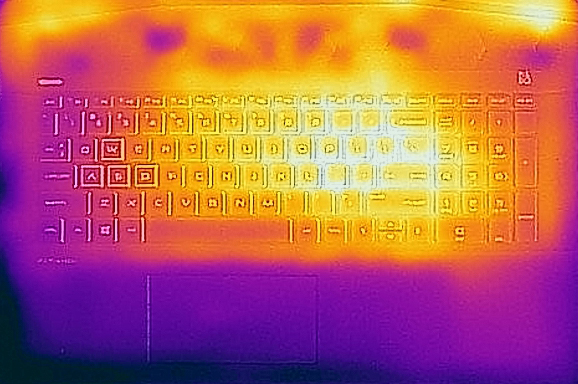
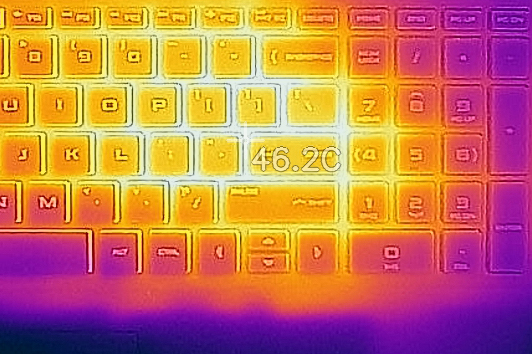
Verdict
Pavilion Gaming 17 2019 is an upgrade over the last-year model. Not only in terms of some more practical design solutions but mostly over the inside part. It seems to have a much more effective thermal solution, which results not that much in lower temperatures and higher frequencies, but mostly in greatly reduced noise.
Additionally, we are more than happy with the battery life of this laptop. We were able to extract more than 8 hours of web browsing and around 7 hours of video playback. Results, that are commonly seen on not-gaming laptops, but in this world, especially given the fact that a 52.5Wh is usually too little for a 17-inch device, this is more than impressive.
Display-wise you can get a 1080p 144Hz one, a 4K 60Hz and of course, the one we tested – the 1080p 60Hz one. It is a super bright 60Hz Full HD panel. It reaches around 450 nits and apart from the good contrast ratio and comfortable viewing angles, it covers 92% of sRGB and produces very accurate colors. In fact, the colors can become even more accurate when you apply our Gaming and Web design profile. Additionally, it doesn’t use PWM to adjust its brightness, however, we found it to be a little uneven in terms of luminance.
Lastly, we should mention, that this laptop is not the most premium looking and feeling one we’ve tested. Additionally, it lacks Thunderbolt support and drops the second M.2 slot from the Omen 17 2019.
So, should you buy it? Well, we are happy with what we saw, but we think that at the moment, the Acer Nitro 5 (AN515-54) is a slightly better option, given the RAID 0 support.
Pros
- Fairly low price
- Energy efficient
- Wide and accurate color coverage (BOE NV156FHM-N4K (BOE082A))
- Doesn’t use PWM to adjust brightness (BOE NV156FHM-N4K (BOE082A))
- Very bright panel (BOE NV156FHM-N4K (BOE082A))
- Super quiet during load
Cons
- Lacks Thunderbolt support
- All-plastic build
You can check the prices and configurations in our Specs System: https://laptopmedia.com/series/hp-pavilion-gaming-17-2019/
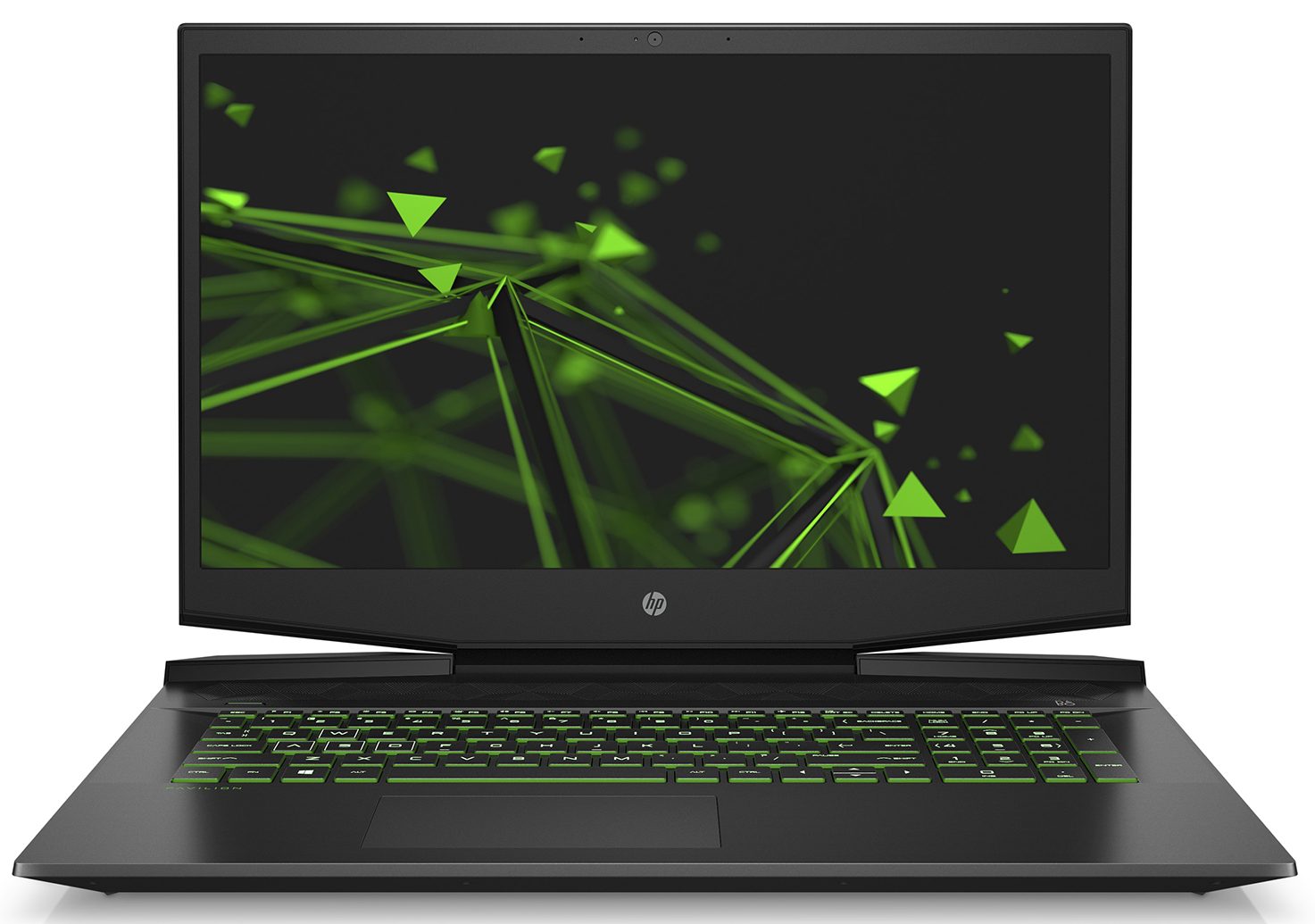
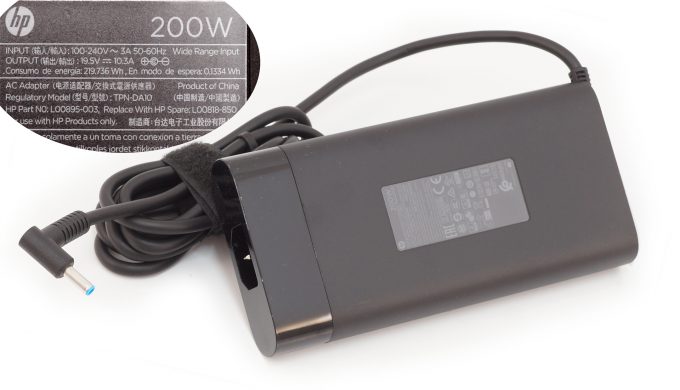
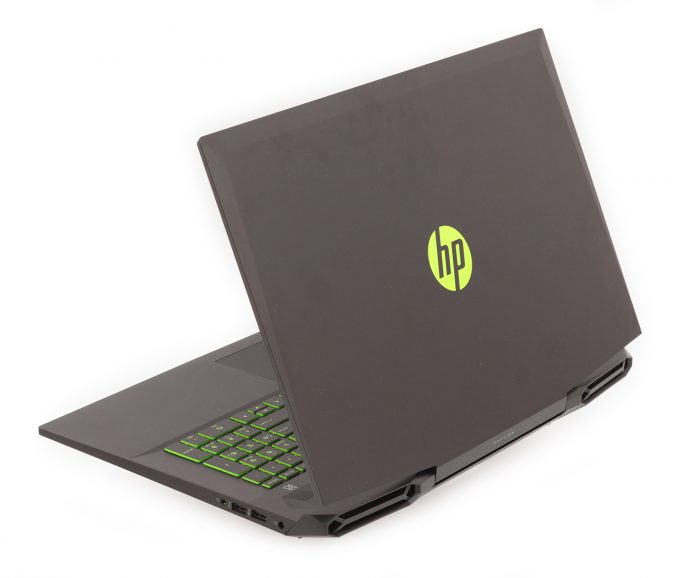
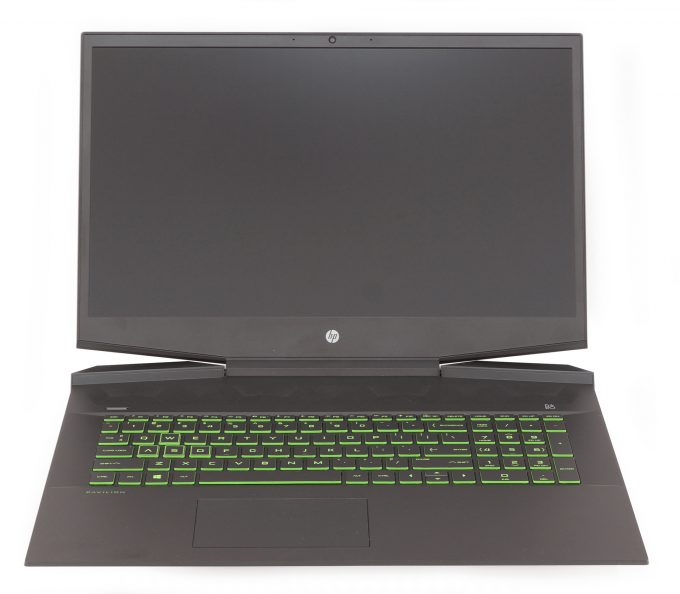
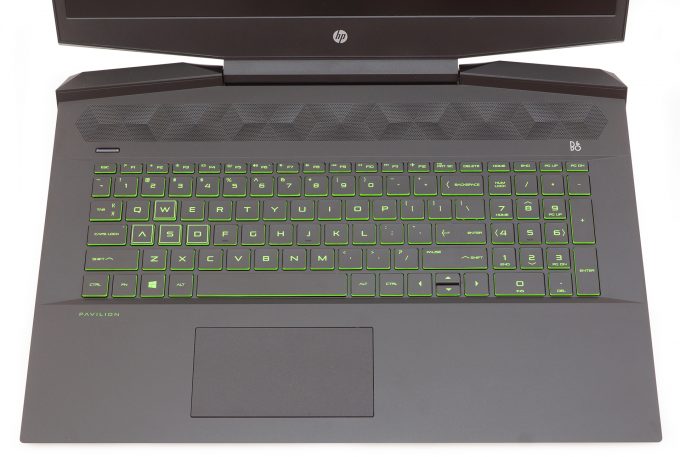
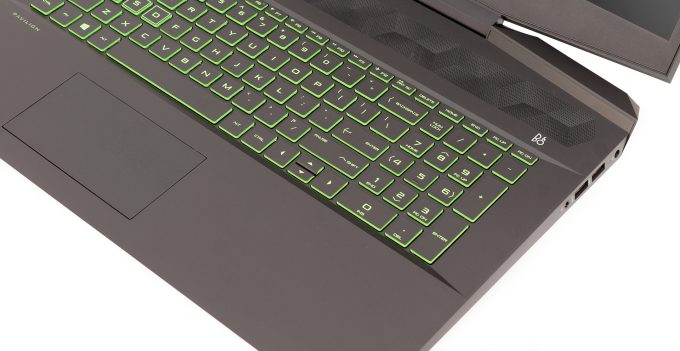
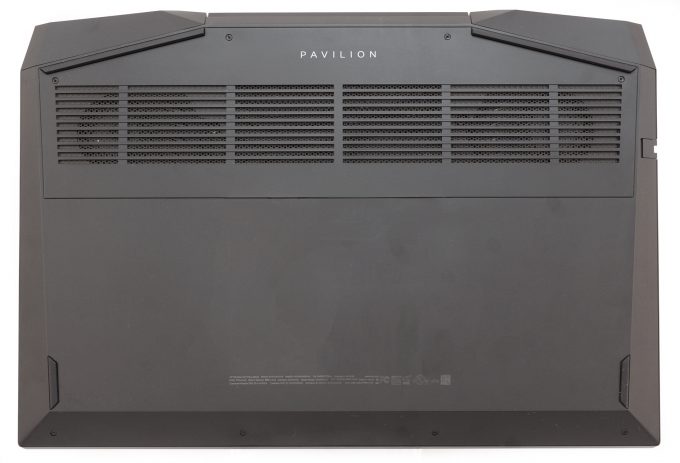
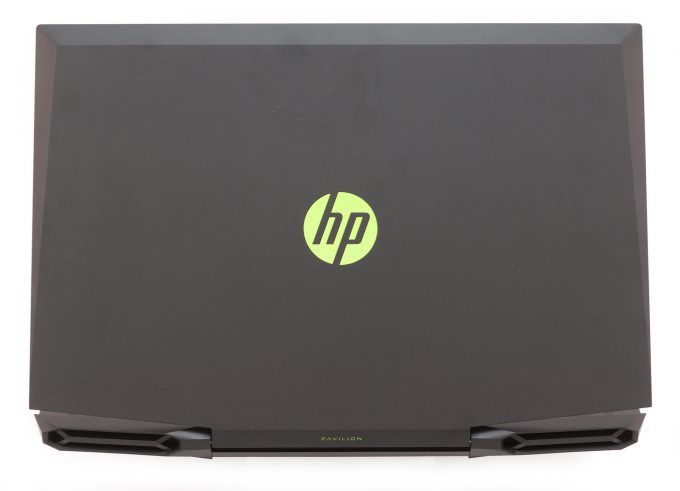
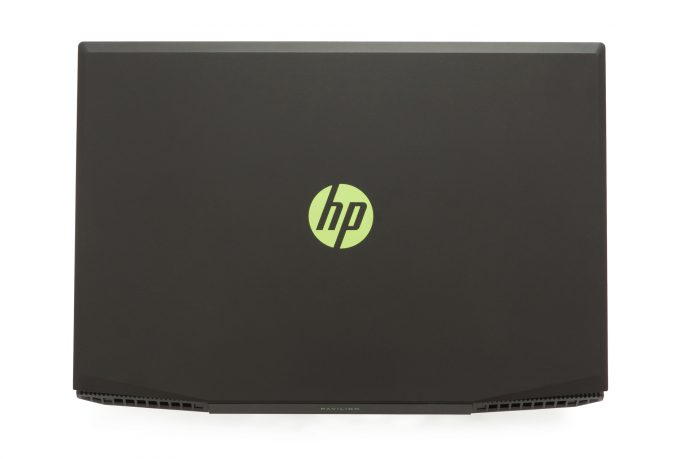


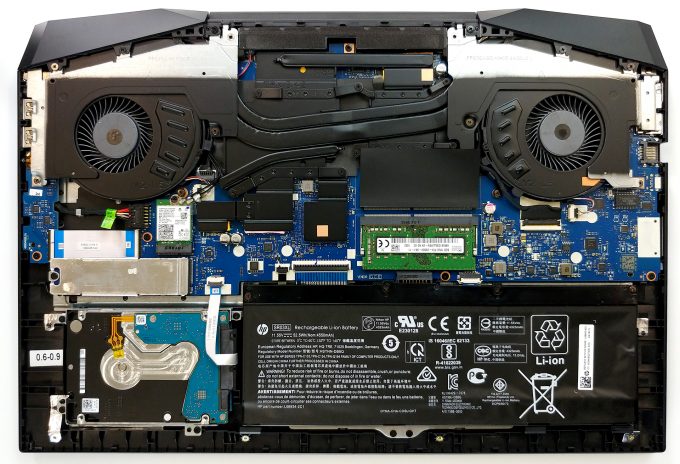
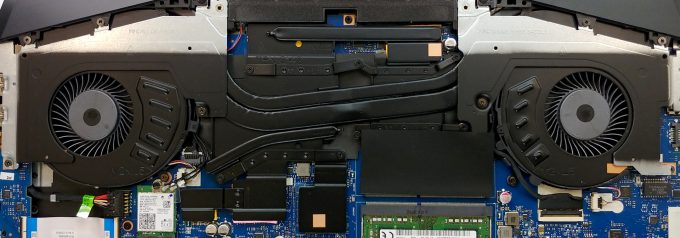

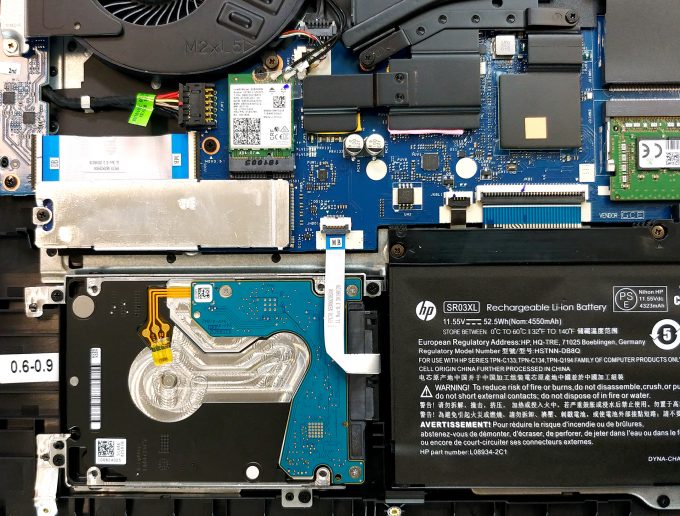
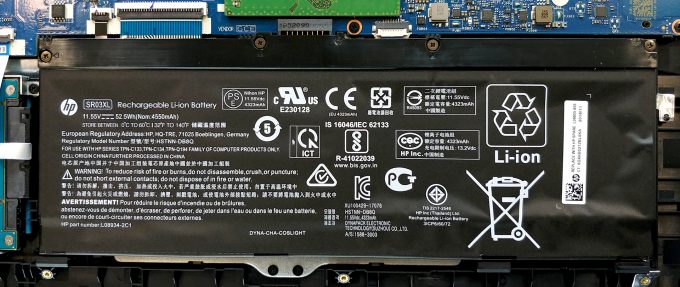

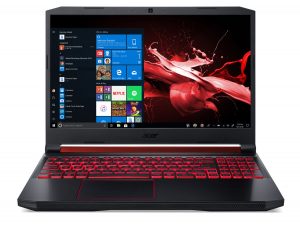








This laptop needs a Ryzen model
Define the price please.In leva probably too 🙂
Is cooling system better than 15″ version? It looks like stable clock speeds are low for this CPU.